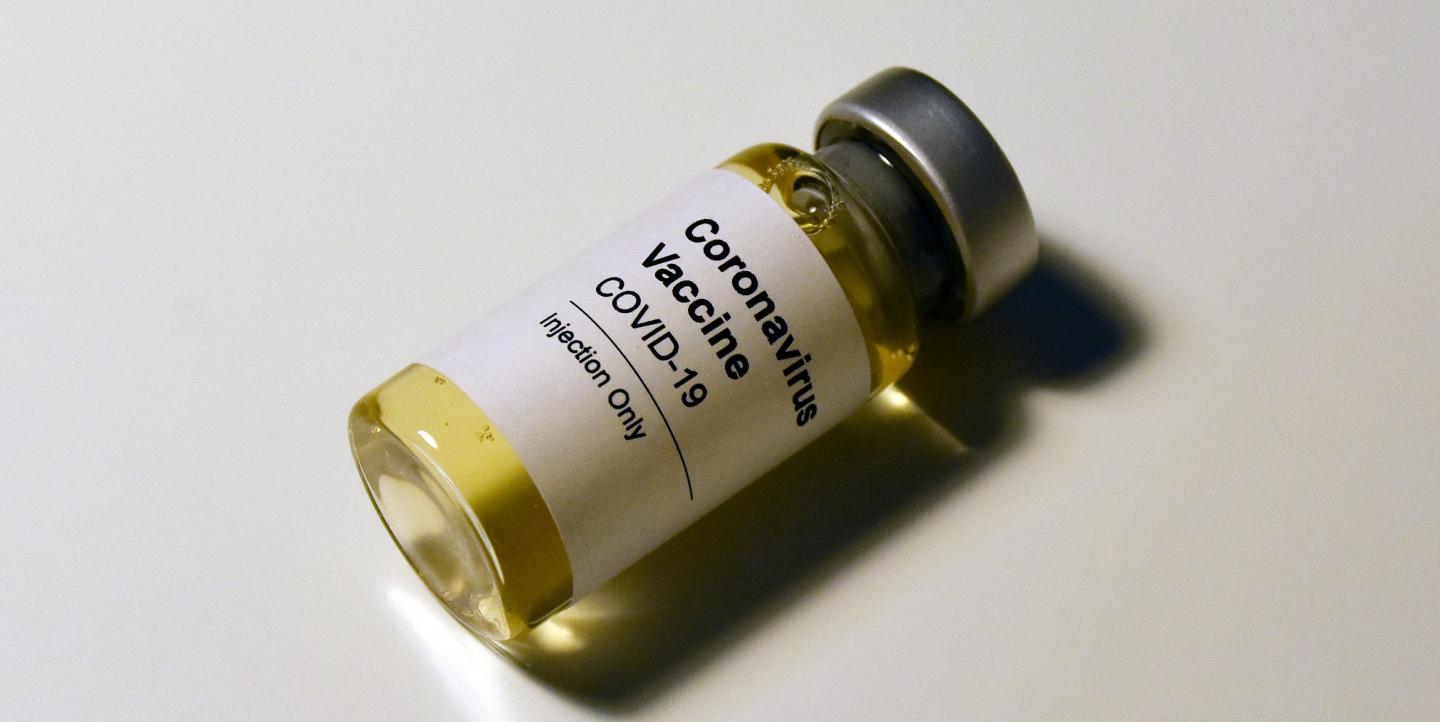In partnership with our parent organization, the International Center for Journalists (ICFJ), IJNet is connecting journalists with health experts and newsroom leaders through a webinar series on COVID-19. The series is part of the ICFJ Global Health Crisis Reporting Forum.
As countries around the world roll out COVID-19 vaccination campaigns, equitable access to the vaccines is an issue front and center.
More than half of all available COVID-19 vaccine doses have been ordered by wealthier nations, according to a story by Isaac Chotiner in The New Yorker. This leaves poorer countries less able to vaccinate their populations.
“Here we are, a vaccine, a critically important tool to help us fight the COVID-19 pandemic — what we are seeing is that these structural inequalities that exist have been magnified and accentuated,” said Harvard University professor Dr. Rifat Atun during a recent ICFJ Global Health Crisis Reporting Forum webinar.
Atun was joined by Georgetown University professor Dr. Claire Standley, and Marcelo Leite, a science and environment columnist at Folha de São Paulo, for a discussion on equitable vaccine distribution. Phillip Martin, an investigative reporter at The GBH News Center for Investigative Reporting in Boston, moderated the panel.
According to Atun, we’re currently operating under a global three-tier system for vaccine access and distribution:
- At the top of the pack are the U.S., Canada and countries in Western Europe. These wealthier countries have been able to enter into agreements to purchase and stockpile enough vaccines to cover their entire populations.
- Middle-income countries, such as Brazil, have purchased some vaccines, but not enough for all citizens.
- At the bottom of the pile are countries with fewer resources, such as in sub-Saharan Africa. These countries have limited access to vaccine doses.
As we continue our fight against the deadly coronavirus that has killed over 2.4 million people worldwide, it’s important for countries to acknowledge the interconnectedness of our health. As Leite put it: “No one is safe until everybody is safe.”
[Read more: Tips to report on vaccine hesitancy]
The lack of equity in vaccine distribution and access today has notable ramifications beyond immediate COVID-19 protection, too. “We are reaching a point where rich countries are going to vaccinate large proportions of their population before any significant number of Africans are vaccinated, leading to even greater inequities in terms of global health and economies because of the way that trade is being impacted by the pandemic,” said Standley.
The ACT-Accelerator is one major global initiative working to accelerate the development and production of COVID-19 tests, treatments and vaccines, while promoting equitable access. Run by the World Health Organization and partners, the Accelerator’s vaccine pillar, COVAX, is dedicated to facilitating both the discovery and development of effective vaccines. As part of its efforts, it aims to build manufacturing capacity to be able to fairly distribute two billion doses of vaccine by the end of 2021.
“The approach to COVAX was intended to give all countries access regardless of their ability to pay. The idea was to create a level, cooperative playing field where the COVAX facility could help navigate the landscape of vaccine production and manufacturing on behalf of participating countries, like some collective purchasing and bargaining power,” said Standley.
Higher-income countries pay into the COVAX procurement platform, to place vaccine orders for their own populations. This money-up-front policy allows for manufacturing to be ramped up with the idea that these funds will also pay for lower-income countries’ doses.
[Read more: Tips for journalists reporting on COVID-19 vaccines]
Canada is one country that has paid into the procurement platform to acquire doses for their own population. Due to delays from Pfizer BioNTech and Moderna, however, Canada has faced weeks of reduced shipments, stalling their vaccination roll-out The Canadian government has responded by purchasing more vaccine doses than their population actually needs.
“Countries are buying up many more doses than they need because of that supply and demand contradiction that we’re seeing. So COVAX is trying to address that,” said Standley. “The number of doses is just not sufficient at the moment to ensure that all participating countries, and particularly those who don’t have the ability to buy the vaccine themselves, will receive the number of doses that they need even just to address their highest priority populations.”
Added Atun: “We need to put systems in place that do not just recognize the magnitude of the inequalities that exist, but the nature of inequalities and the underlying reasons.”
The panel pointed to Brazil’s experience distributing vaccines as a helpful case study illuminating the challenges countries must navigate. The largest nation in South America, Brazil has a robust health sector, said Leite, yet some of the highest COVID-19 infection rates in the world. This is due to both a scarcity of doses and a lack of coordination by the federal government and the states, he explained: “After three weeks of vaccination, we have vaccinated only two percent of the population.”
Similar to other countries, Brazil is prioritizing the vaccination of its older population, given they are more susceptible to serious illness and death from COVID-19. Under the country’s current policy, citizens must be at least 65 years or older to qualify as a top priority.
Unfortunately, this can perpetuate socioeconomic inequities within the country. “Age tends to favor the rich because of differences in life expectancy,” said Leite.
Abigail Adcox is a Communications Intern at ICFJ.
Main image CC-licensed by Unsplash via Hakan Nural.

